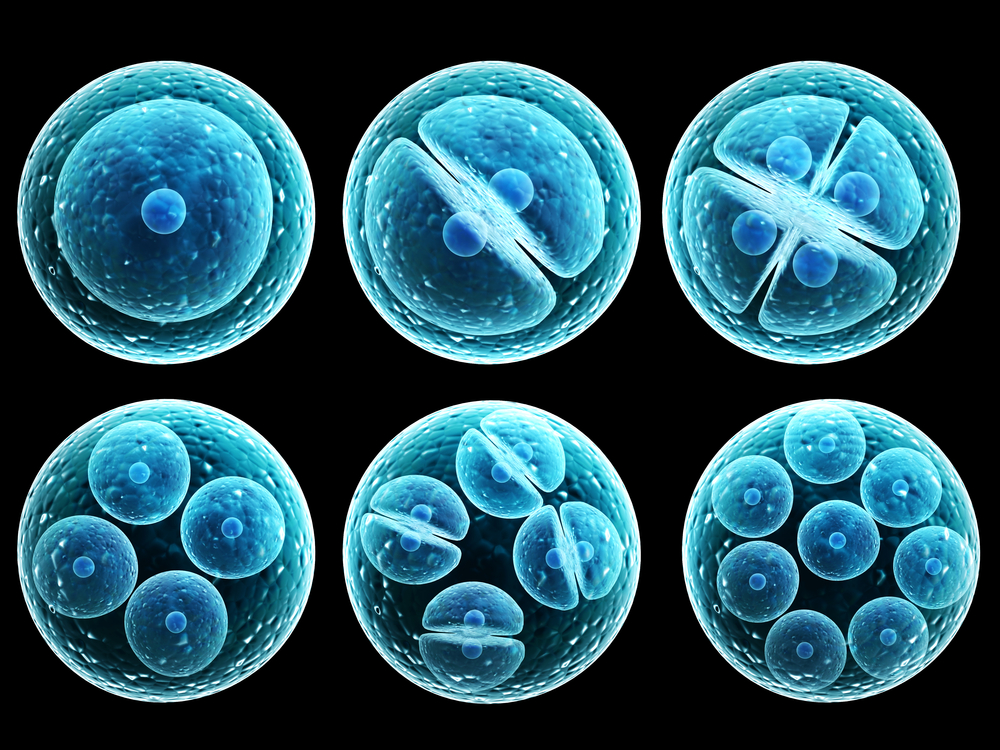Cells, Not DNA, Are The Master Architects Of Life
By Alfonso Martinez Arias,
Noema
| 05. 30. 2023
Every animal and plant on Earth has an awesome beauty: the majesty of an oak, the delicate fabric of a butterfly, the grace of a gazelle, the imperious presence of a whale and, of course, us humans, with our mixture of wonders and fatal flaws. Where does it all come from? In Mayan tradition, the answer is corn; other cultures suggest various forms of egg as the source. In many stories, the origin is some clay-like material shaped by the might and imagination of a powerful entity that breathes life into it. From such starts, multiplication follows and the Earth is populated, though the details of how this happens are scant.
Over the past century, scientists have discovered a material explanation for the source of life, one that needs no divine intervention and provides a thread across eons of time for all beings that exist or have ever existed: deoxyribonucleic acid — DNA. While there is little doubt that genes have something to do with what we are and how we come to be, it is difficult to answer precisely...
Related Articles
By Aisha Down, The Guardian | 11.10.2025
It has been an excellent year for neurotech, if you ignore the people funding it. In August, a tiny brain implant successfully decoded the inner speech of paralysis patients. In October, an eye implant restored sight to patients who had...
By Jessica Hamzelou, MIT Technology Review | 11.07.2025
This week, we heard that Tom Brady had his dog cloned. The former quarterback revealed that his Junie is actually a clone of Lua, a pit bull mix that died in 2023.
Brady’s announcement follows those of celebrities like Paris...
By Heidi Ledford, Nature | 10.31.2025
Late last year, dozens of researchers spanning thousands of miles banded together in a race to save one baby boy’s life. The result was a world first: a cutting-edge gene-editing therapy fashioned for a single person, and produced in...
By Lauran Neergaard, AP News | 11.03.2025
WASHINGTON (AP) — The first clinical trial is getting underway to see if transplanting pig kidneys into people might really save lives.
United Therapeutics, a producer of gene-edited pig kidneys, announced Monday that the study’s initial transplant was performed successfully...




